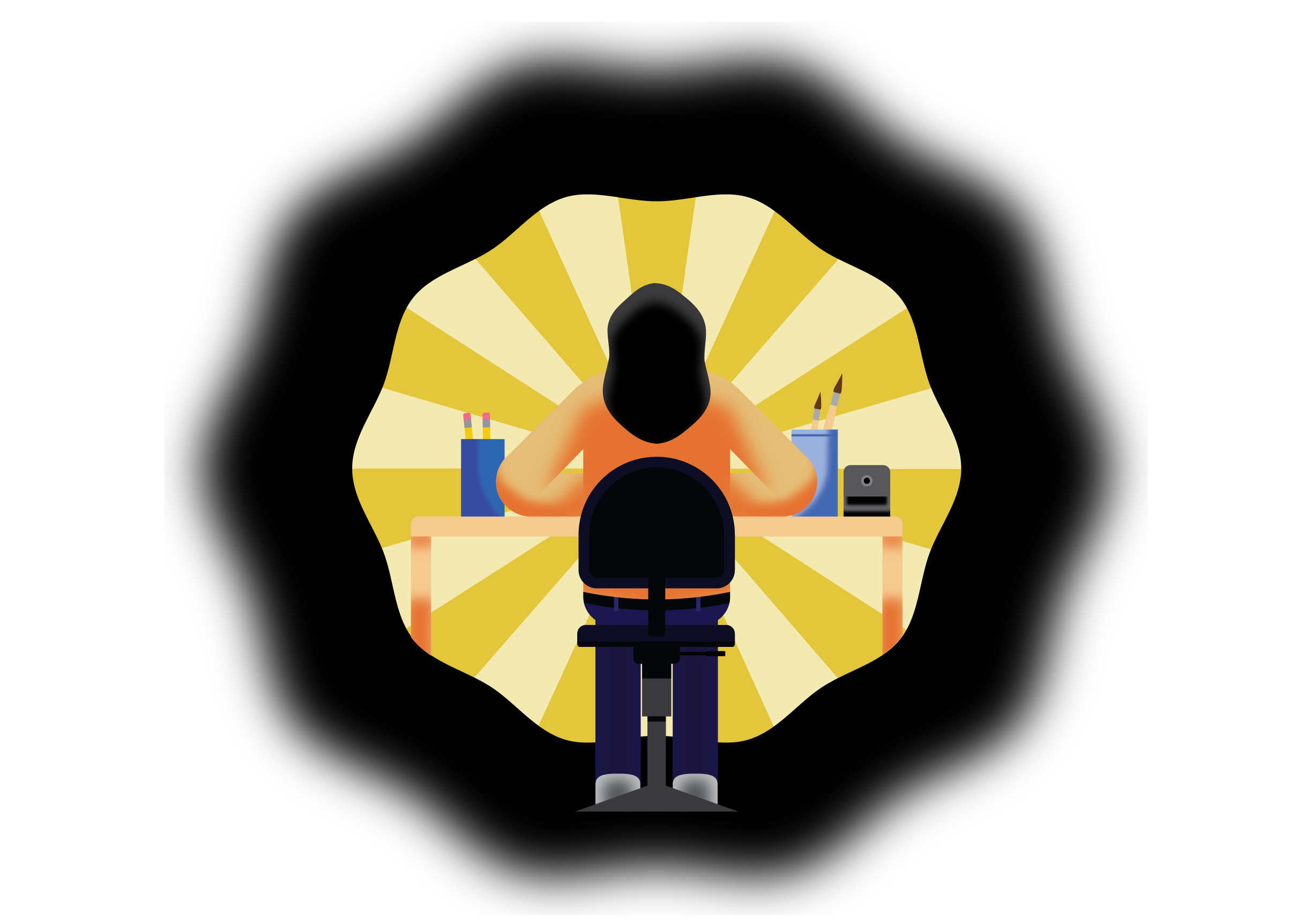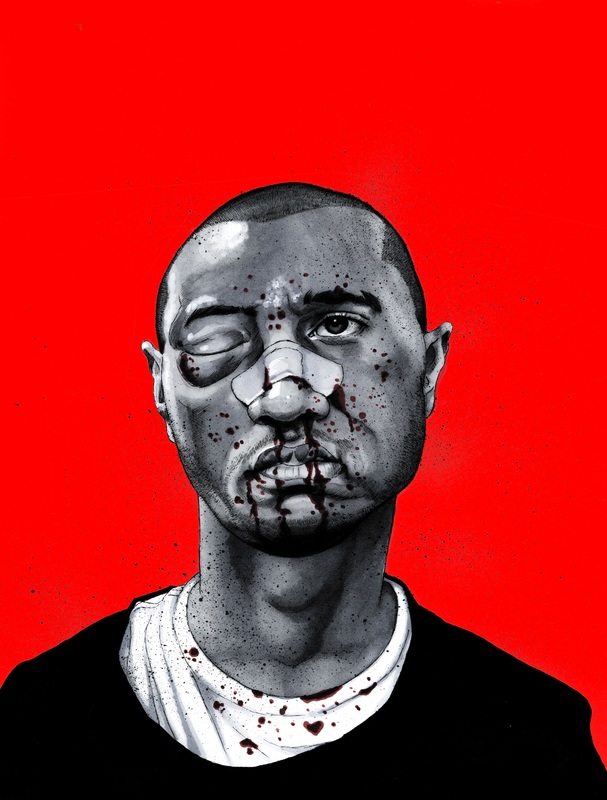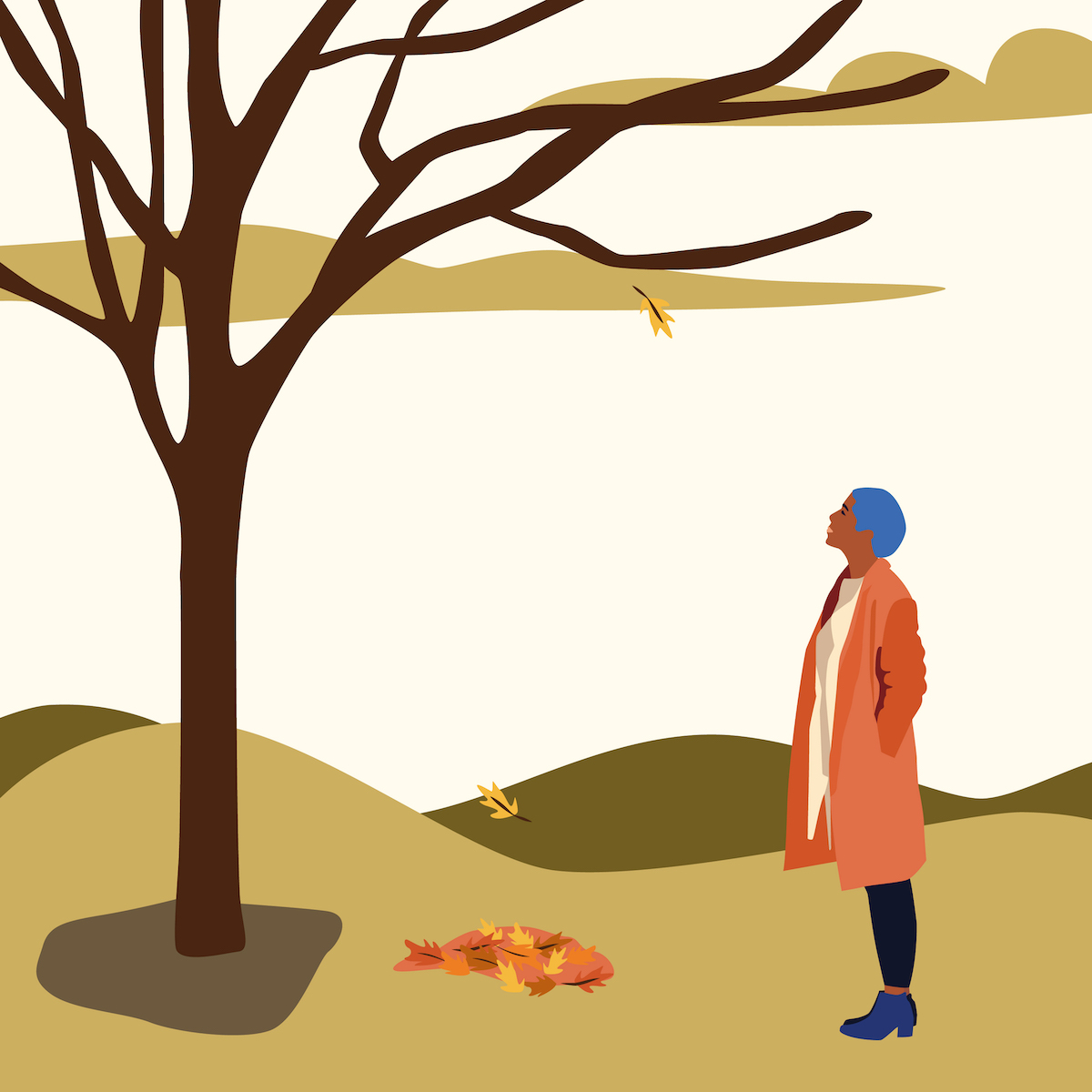When I was in the seventh grade, I felt alone and different. I was constantly worried about my surroundings even when I was perfectly safe. I visited my doctor and was diagnosed with a severe anxiety disorder.
Now, imagine a classroom of 40 students. According to the Anxiety and Depression Association of America, five of them are feeling that same anxiety I experienced. Out of those five students, four of them do not know how to explain what they are feeling or do not have the proper tools to express and manage their emotions.
Flashforward to 2020, where our collective sense of reality has been shaken. Many of us are experiencing that same feeling I had when I was a little girl in the seventh grade—and for some, myself included, the panic has only gotten worse. From the COVID-19 pandemic that has cost countless lives and left many struggling to make ends meet, to the devastating wildfires that swept across the Pacific Northwest this past summer and early autumn, to society’s reckoning with police brutality and systemic racism, this year has left many of us at a loss for words, and has fueled our fear for what may come.
I have found art therapy to be an effective tool in my struggles with anxiety. Others suffering with mental illness can benefit from having a creative outlet that allows them to unwind, heal and better understand their emotions.
As I’ve grown, the challenges I’ve faced as a young adult have become more difficult to process. However, they have also become easier to manage thanks to art therapy. Having a tool like art therapy at the ready can prepare us to handle these challenges when the time comes. Anxiety is a normal part of growing up, but for many of us, it is more than just butterflies in our stomach; It’s a sense of fear and nervousness that can ultimately lead to isolation.
The term art therapy may be intimidating to some, especially those who don’t see themselves as artists already. However, art therapy is not about the final product. Rather, it is about shifting our attention away from our worries and focusing on the creative processes that utilize our emotions. Art in many forms—such as drawing, painting, sculpting and songwriting, to name only a few—can allow our nervous systems to calm down and process our surroundings with a clearer mind.
It’s imperative that, in a time like the present, we raise awareness to the resources that are available so those struggling with their mental health know where to turn. Having art therapy resources that are easily accessible and functional is important—whether that’s puzzles, coloring or meditative music. All of these can allow an anxious individual to unwind in a setting that may be outside their comfort zone.
Prior to the pandemic, I was making coloring books intended to help young children incorporate art therapy into their routines. I shared those coloring books at Doernbechers Children’s Hospital and to Family Building Blocks in Marion and Polk County. My plan is to continue working with educators on implementing art therapy into social and emotional learning curricula. Despite Zoom learning, there are still ways to share the power of art with students. Now more than ever, it’s vital we share these resources with our community.
Art therapy is for all kinds of people who are struggling, whether or not they possess strong artistic backgrounds. Art gives us a way to express our feelings when words cannot. Even in the midst of a panic attack, art allows us to take control of our situation and document our emotions. Art therapy has given me the confidence to take control of my anxiety and ensure that it does not stand in the way of my goals and aspirations for the future. Whether it’s painting or merely doodling in my spiral notebook, having a creative outlet has allowed me to gain a sense of control and peace. Creativity is not only a gift—it can be used as a source of happiness and healing in the toughest of times.






